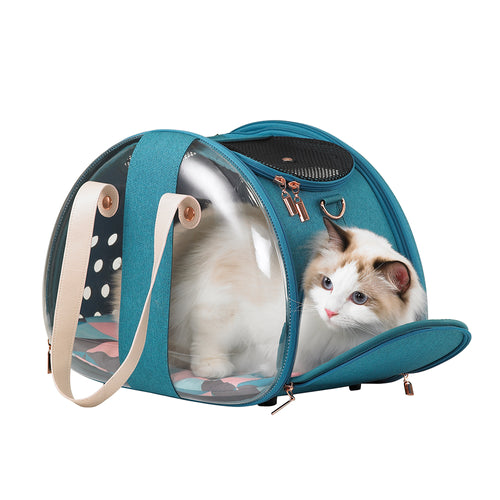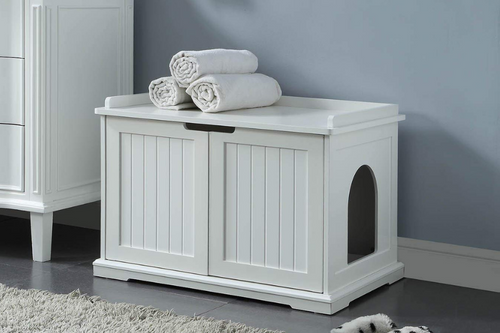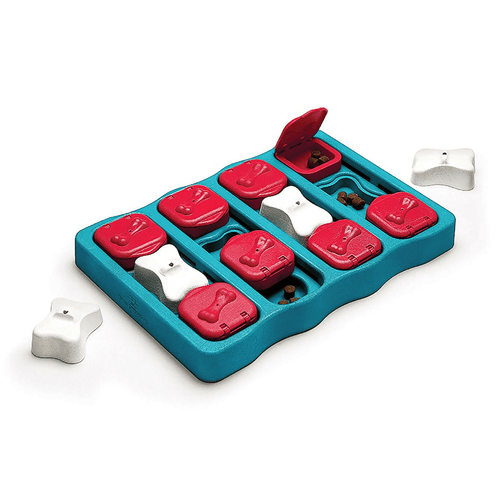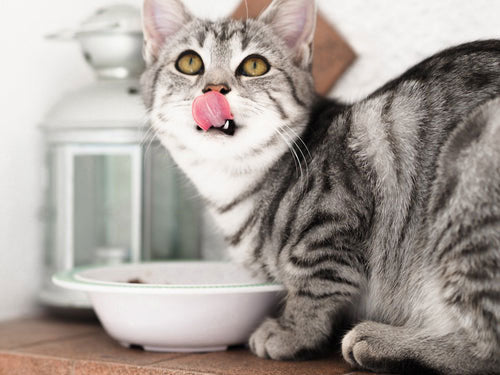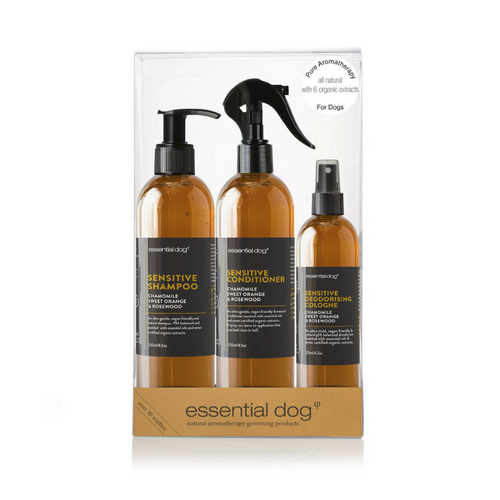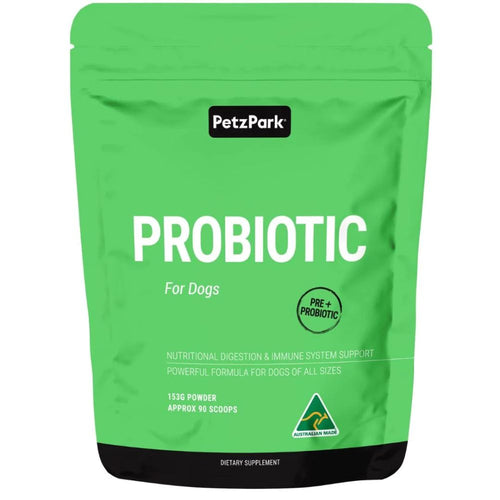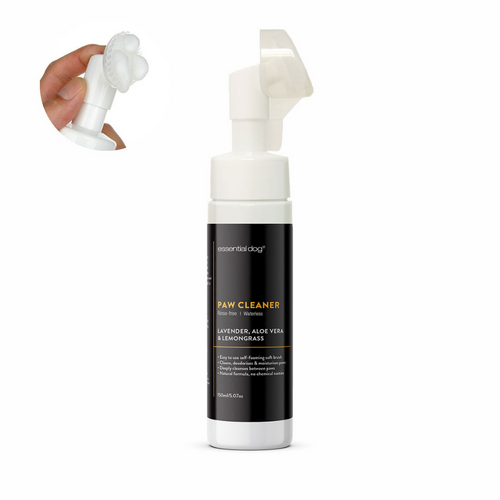Keep Your Pets Safe this Summer - Let's Count the Ways!
We all love summer, even our pets enjoy this season! It's one of the best times of the year to go on vacation with friends, family, and pets! Summer is also a great way to enjoy the outdoors and bring our pals to the beach!
Ultimately, summer is always an awesome season to remember, but it also poses threats to our pet furry pals. We've rounded up three of the most common summertime issues that our furry pets could encounter during the summer and, of course, how we can protect them!
Parasites during the Summer!
There are a lot of parasites during the summer, and some of these can even be deadly. Let's get to know these parasites according to their risk level and what we can do to avoid them!
High-Risk Parasites
Ticks
Paralysis ticks orixodes holocyclus are high-risk because they can paralyse your pet, which can be deadly. They are abundantly present in the Eastern coastline and have been reported in the south as far as Melbourne. They also breed during spring and summer.
Fleas
Fleas are active and breed during spring and summer because they love the warm weather. Cat and dogs are the common reservoirs of fleas. They feed on the blood of their host animal but cut through their skin. They often feed on the legs, feet, rump, or chin as these are more accessible.
Moderate High-Risk
Intestinal Worms
Intestinal worms post risks all-year-round and not just during summertime. This means the transmission can happen anytime and is usually from the soil or direct contact. Symptoms for intestinal worms include weight loss, weakness, diarrhea often accompanied by blood, worms on the stool, and vomiting.
Heartworm
Mosquitoes are the carriers of heartworms, which are blood parasites. The heartworm is injected into the system of our fur buddies when a mosquito bites them. Considering that it's insect-borne, heartworm is more common during the summer or in tropical areas.
Moderate Low-Risk
Mites
Dust mites love the winter. It stays inside our homes when everything is cold and closed. However, theDemodex is different. These ear mites are present all-year!
Best Ways to Prevent Parasites
Prevention is always better than cure, even with our furry buddies. Here are some of the things we need to do:
- Protect your fur buddies from heartworm by giving them medications, which are often given every six months.
- Prevent fleas by ensuring that you clean your lawn, keep your home clean, and treat infestations immediately.
- Ensure that your pets do not eat their feces, and consult your veterinarian if you see any symptoms immediately!
Our Pets Get Heatstroke, Too!
The summer means we have longer days, warmer weather, and more fun under the sun. However, this also means that they're at risk from heatstroke, especially pets with dark hair, are overweight, or brachycephalic breeds.
Check out some important facts about heatstroke and how to prevent it from happening.
Signs and Symptoms of Heatstroke
Your furry buddy may be suffering from heatstroke if you see the following symptoms:
- Vomiting
- Collapse
- Difficulty in breathing
- Increase in heart rate
- Core temperature is at 40°C or above
- Excessive salivation
- Bluish to purple gums due to the lack of oxygen
Things You Need to Do
The most important step that you need to take is to seek veterinary help immediately. While waiting or on the way to the vet, do the following:
- Shelter your pet from the heat of the sun.
- Get a cool or wet towel and slowly wipe it on your pet to lower its body temperature.
How to Avoid Heatstroke Among Pets
Heatstroke is avoidable. Here are some of the things we can do to ensure that our pets don't get sick:
- Hydration is key. Regardless of the season, always keep your pet hydrated. Water is an essential part of any life, so make sure that your pets hydrate regularly, especially during the summer.
- Grooming is a must. During the hot days, cats and dogs with long coats often feel hotter. So, before the summertime heats up, make sure to clip their fur to avoid overheating. Buy a brush that's best for pets so you can groom them at home.
- Provide accessible shelter. The sun's heat can easily warm our body temperature, and this goes with our pets, too!
So, when you're planning for an outdoor trip, make sure to bring with you accessible shade and shelter to your furry travel buddies. At home, install pet access doors to go inside and outside, as they please easily.
- Choose dusk or twilight to walk your dogs. Avoid the heat of the sun by walking your pets very early in the morning, late in the afternoon, or late at night.
Make sure to use the right leash and collar when walking. Remember that dogs regulate their temperature by panting, so make sure they're comfortable during their walk.
- Ice and water are your best friends. Aside from drinking water, you can also utilize water for your exercise. If it's too hot to walk your dog, then exercise with them by swimming. If you don't have a pool, you can get a portable dog pool.
Another summer best friend both for you and your friends is ice. Buy a cooling mat where your furry buddies can cool down and launch or add ice cubes on their water!
Protect them from the Sun
Yes, you're right - our pets can also experience sunburn. Pets with white or light colors are more prone to sunburn because they have lesser pigments.
We highly recommend that you apply sunscreen on your pets, especially when you're going out. Focus on the ears, eyelids, nose, and belly, as these parts can experience the most damage. Of course, use sunscreens that are safe for pets.
Now, You're Summer Ready!
Don't forget to follow these tips for your pets and, of course, keep yourself safe during the summer as well!





